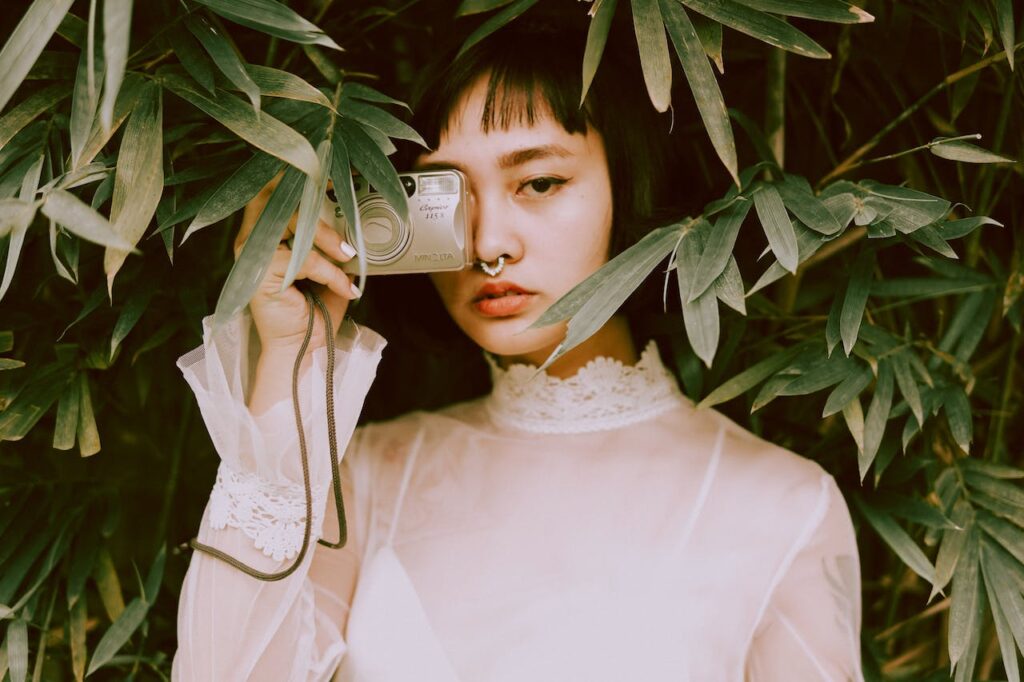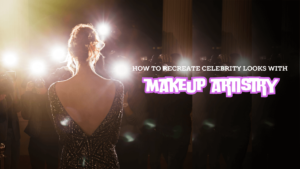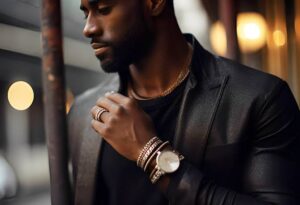Evolution of Societal Attitudes Towards Nose Piercings and the Timeless Allure of the Silver Nose Stud
4 min read
Nose
Nose piercings, once considered unconventional and associated with specific cultural or religious practices, have transcended boundaries and evolved into a widespread fashion statement. The societal attitudes towards nose piercings, especially those adorned with silver nose stud, have undergone significant changes over time and across diverse regions. This evolution reflects a complex interplay of cultural, historical, and fashion influences that shape perceptions of body adornment.
Historical Perspectives on Nose Piercings
To comprehend the evolution of societal attitudes towards nose piercings, we must delve into history. The practice of nose piercing dates back centuries, with evidence found in archaeological discoveries and ancient texts. Various civilizations, such as the ancient Egyptians, Romans, and indigenous tribes, incorporated nose piercings into their cultural and religious practices. In these early societies, the significance of nose piercings often went beyond aesthetics; they symbolized social status, rites of passage, or spiritual beliefs.
As societies evolved, the perception of nose piercings underwent transformations. In some cultures, nose piercings became stigmatized, associated with rebellious or non-conformist attitudes. However, in others, particularly in South Asian and Southeast Asian cultures, nose piercings retained their traditional and symbolic importance.
The Resurgence of Nose Piercings in Contemporary Society
The latter half of the 20th century witnessed a resurgence of interest in body piercings, including nose piercings, in Western societies. As counterculture movements gained momentum, body adornment became a means of expressing individuality and challenging societal norms. Nose piercings, once relegated to the fringes of society, started appearing in mainstream fashion, challenging preconceived notions.
The 1990s marked a turning point when celebrities, fashion icons, and musicians embraced nose piercings, helping to redefine beauty standards. The acceptance of nose piercings in popular culture signaled a shift in societal attitudes, as they became recognized as legitimate forms of self-expression rather than rebellious acts.
Silver Nose Studs: A Timeless Choice
Within the realm of nose piercings, silver nose studs have maintained a timeless allure. Unlike more extravagant materials, silver exudes a subtle elegance that transcends cultural boundaries. Throughout history, silver has been associated with purity, wealth, and spirituality in various cultures, making it a versatile choice for nose piercings. The aesthetic appeal of silver nose studs lies in their simplicity, making them suitable for both casual and formal settings.
The symbolism attached to silver further enhances the desirability of silver nose studs. In many cultures, silver is believed to possess protective qualities and is associated with healing. This connection adds a layer of meaning to the act of adorning one’s nose with a silver stud, transforming it into a symbolic and personal choice.
Cross-Cultural Perspectives on Nose Piercings
The evolution of societal attitudes towards nose piercings is not uniform; it varies across different regions and cultural contexts. In some cultures, nose piercings have seamlessly integrated into mainstream fashion, shedding any lingering taboos. In contrast, other societies might still view nose piercings, and particularly silver nose studs, with skepticism.
For instance, in India, nose piercings have deep-rooted cultural significance and are a common practice among women. The choice of silver nose studs in India is often influenced by traditions that celebrate the marriageable age of women. On the contrary, in certain Western societies, the acceptance of nose piercings has taken longer to solidify, and even today, workplace dress codes may pose challenges for individuals with visible piercings.
Fashion and Celebrity Influence
The influence of fashion and celebrities plays a pivotal role in shaping societal attitudes towards nose piercings. When prominent figures in the entertainment industry embrace nose piercings, especially those adorned with silver studs, it often sparks trends and fosters wider acceptance.
Celebrities like Rihanna, Scarlett Johansson, and Lenny Kravitz have been photographed showcasing their nose piercings, contributing to the normalization of this form of body modification. As these celebrities make bold fashion statements with silver nose studs, their influence permeates into mainstream culture, breaking down barriers and challenging traditional beauty norms.
Challenges and Acceptance in the Workplace
Despite the growing acceptance of nose piercings in many spheres, challenges persist in professional settings. Workplace dress codes and conservative corporate cultures may still frown upon visible body piercings, including those on the nose. This creates a delicate balance for individuals who wish to express themselves through silver nose studs while adhering to workplace norms.
However, the tide is gradually turning. Some progressive workplaces now recognize the importance of individual expression and diversity, allowing employees to showcase their personality through tasteful piercings, including silver nose studs. This shift underscores the ongoing evolution of societal attitudes towards body adornment in various contexts.
Conclusion
In the intricate tapestry of societal attitudes towards nose piercings, the allure of silver nose stud persists as a timeless and versatile choice. The evolution of these attitudes reflects a dynamic interplay of historical, cultural, and fashion influences. From ancient civilizations to contemporary celebrities, nose piercings have transcended their traditional boundaries, becoming a form of self-expression that defies societal norms..







